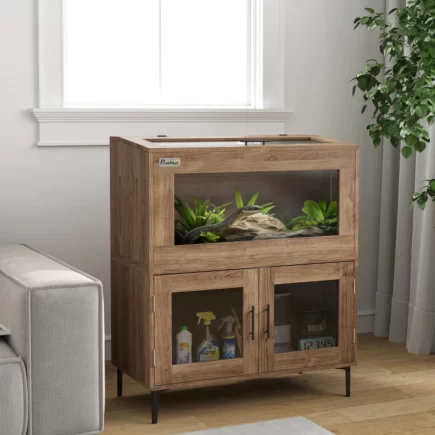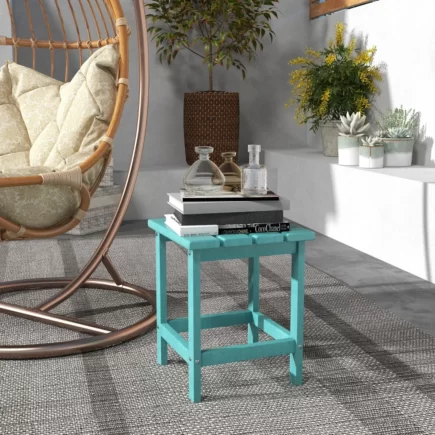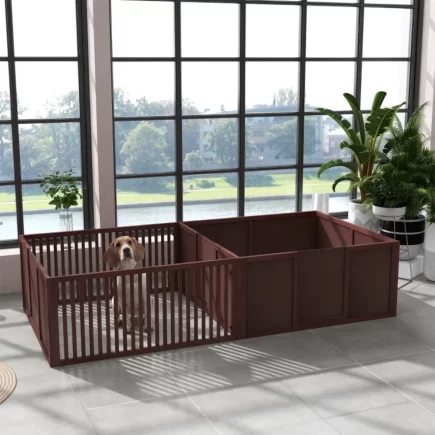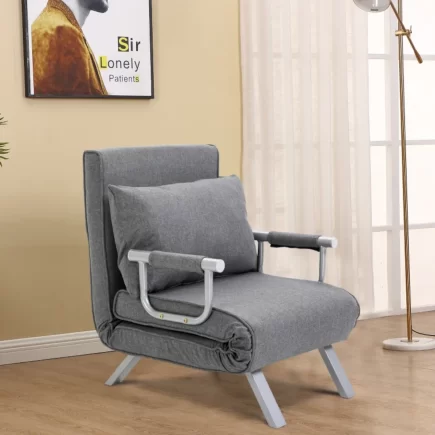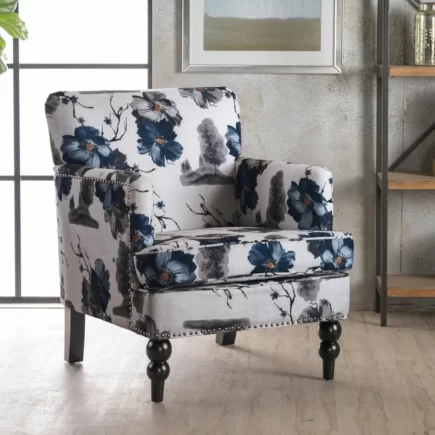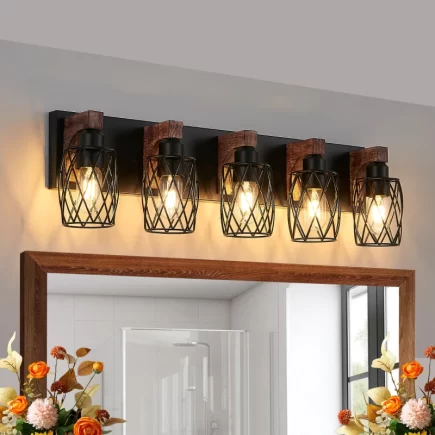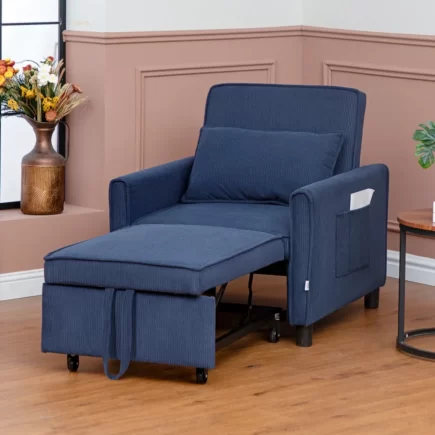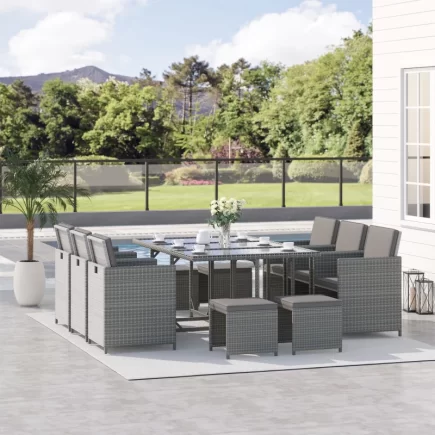
Futons have evolved far beyond their college dorm roots. Today, they combine comfort, style, and practicality, making them a smart choice for guest rooms, small apartments, home offices, and even stylish living rooms. Whether you need extra seating, a sleep solution for guests, or a space-saving piece of furniture, a futon can meet those needs with ease. With so many styles, materials, and features to choose from, the selection process can feel a bit overwhelming at first. But with the right insight, finding a futon that fits your space and complements your lifestyle becomes simple and rewarding.
Step-by-Step Guide to Choosing a Futon
Step 1: Choose Based on the Life, Not Just the Room You Have

Most people shop for a futon with only the room in mind. But the smartest choices come from thinking about how that room should function and feel. Instead of focusing only on dimensions and wall colour, consider the experience you want to create. `Think about the purpose of the space, then choose a futon that supports it:
| Room Intention | What Your Futon Needs to Be |
| Guest Room That Wows | Comfortable, stylish, and easy to unfold without needing help |
| Studio That Transforms | Clean-lined and simple, it functions as both a daybed and sofa without clutter |
| Teen Zone or Playroom | Durable and stain-resistant, with soft edges for safety and rougher everyday use |
| Home Office Retreat | Professional-looking by day, sleep-friendly by night, fits in without disrupting focus |
Instead of asking where the futon will go, think about how you want the room to feel. Whether someone is walking in or lying down, the futon should support that feeling effortlessly.
Step 2: Decide What Matters More: Style or Sleep
This seat serves as both a futon and a sofa bed, but let’s be honest, you won’t value both functions equally. The best futon is the one that prioritizes what you need most. So, make sure it’s designed for sleeping or sitting, depending on your preference.
Using it as a Sofa

- Look for a firm backrest and a full-depth seat to ensure it feels like real lounge furniture.
- Tufted cushions or elevated designs help it look intentional and polished in your space.
- Mattress thickness isn’t a big deal here, something around standard thickness will likely feel just fine.
Mainly Used as a Bed

- Choose a thicker mattress, ideally 8 inches or more, or go for a hybrid with memory foam for better comfort
- Avoid futons with seams or dips where the bed folds they can interrupt sleep and lead to aches
- Pick a fabric that resists wrinkling and won’t compress too easily with repeated use
Your body will let you know whether you made the right choice. A stylish futon may look great, but if you’re waking up sore, it’s time to rethink your priorities.
Step 3: Choose a Conversion Style That Matches Your Patience
One of the most overlooked details when buying a futon is how it converts between sitting and sleeping. It might seem like a small feature, but it can make a big difference in how often you use it. If the process is awkward or time-consuming, it’s likely to stay in one position far longer than you intended.
Click-Clack Designs

These are the easiest and fastest to use. With a simple push on the backrest, you can shift from upright to reclining or lying flat. It’s ideal for quick guest setups, spontaneous naps, or when you need to switch modes often. No extra hands or tools required.
Bi-Fold Styles

These look and feel more like traditional sofas, which makes them great for blending into your living space. However, they need more room to open, and converting them usually takes two hands and a bit of maneuvering. They’re better suited for occasional use, not daily flipping.
Lounger Futons

Perfect for relaxing and reading, lounger-style futons offer a laid-back feel. You can lean back, stretch out, or enjoy a lazy weekend afternoon on them. Just keep in mind that they’re not designed for long-term sleep comfort. They don’t always lie completely flat and may lack the support of a true bed setup.
Step 5: Match Your Futon to the Mood of the Room
Don’t just choose a futon for its shape or colour choose it for the feeling you want the room to give. Whether you’re designing a space that’s calm, creative, or cozy, the right futon can help set the tone.
- Want an airy, modern look: Go for light fabrics, slim frames, and metal legs. A simple silhouette keeps the room feeling open and fresh.
- Creating a cozy, warm retreat: Look for rich textures like velvet or nubby fabric, paired with chunky wood frames and deep cushions you can sink into.
- Styling a playful or boho space: Pick a convertible lounger with a patterned cover. Add layered throws and bold pillows to keep the vibe relaxed and expressive.
- Going for something sleek: Choose a futon with mid-century legs, a structured frame, and matte colours like grey, navy, or forest green.
Quick Tip:
Your futon doesn’t have to stand out, it just needs to belong. Let it blend with the room’s personality and support the vibe you’re building.
Step 6: Imagine Living With It Before You Bring It Home

Before testing a futon in your actual space, test it in your mind. Visualization can reveal more than a showroom ever will. Close your eyes and picture the everyday moments:
- Sitting on it with a hot cup of coffee in the morning
- Hosting a friend who sleeps on it for three nights straight
- Shifting it out of the way to vacuum underneath
- Swapping the cover quickly before guests arrive
If any of those moments feel frustrating or awkward in your imagination, the futon probably won’t fit smoothly into your real life. The best futon isn’t just stylish or functional, it is the one you can live with comfortably, even on the busiest or most chaotic days.
Step 7: Consider Assembly and Portability Before You Buy

Most futons don’t arrive fully assembled. They come in boxes and need to be put together at home, so it’s important to think about how much effort you’re willing to put in—and how often you might need to move it.
- Metal frame futons are usually lighter and quicker to assemble. If you’re not a fan of tools or complex steps, these are a good choice for easy setup.
- Wood frame futons can be heavier and may require more effort. You’ll likely need tools and help to get everything tightened and positioned properly. The payoff is a sturdy, long-lasting piece, but the process may take more time.
- Foldable or tool-free designs are perfect for renters, students, or anyone who expects to move often. These options make it easy to pack up, relocate, and reassemble with minimal stress.
If you live in a walk-up apartment or have tight hallways and doorways, portability should be a top priority. Choose a futon that won’t become a hassle every time you clean, rearrange, or relocate.
Not Just Furniture: A Smarter Way to Live
You’re not just buying a couch that turns into a bed, you’re investing in flexibility, comfort, and a more thoughtful way to live. Futon gives you the freedom to host without stress, the comfort to stretch out during quiet afternoons, and the ease of a space that adjusts with you rather than against you. It’s not about choosing the cheapest option, the thickest mattress, or the one with the most five-star reviews. It’s about choosing the one that truly fits your rhythm and makes your space feel smarter, calmer, and more personal, when you’re ready to bring that kind of freedom into your home.
FAQs
1. Can a futon be used as a primary bed every night?
Yes, a futon can be used as a primary bed if it has a high-quality, thick mattress and a sturdy frame. Choose memory foam or innerspring for better support. Daily sleepers should rotate the mattress regularly and prioritize comfort, as not all futons are made for nightly use.
2. Is it better to buy a futon mattress and frame separately?
Buying a futon mattress and frame separately offers more control over comfort, size, and style. It allows you to select a mattress that meets your sleep needs and a frame that matches your decor. Just ensure compatibility between frame type and mattress thickness.
3. How do you know if a futon will hold up over time?
A futon’s durability depends on materials, use frequency, and care. Look for sagging, lumpiness, or frame noise as signs of wear. High-density foam and solid frames last longer. Rotate and clean a Futon regularly to extend its lifespan, especially with nightly use.

